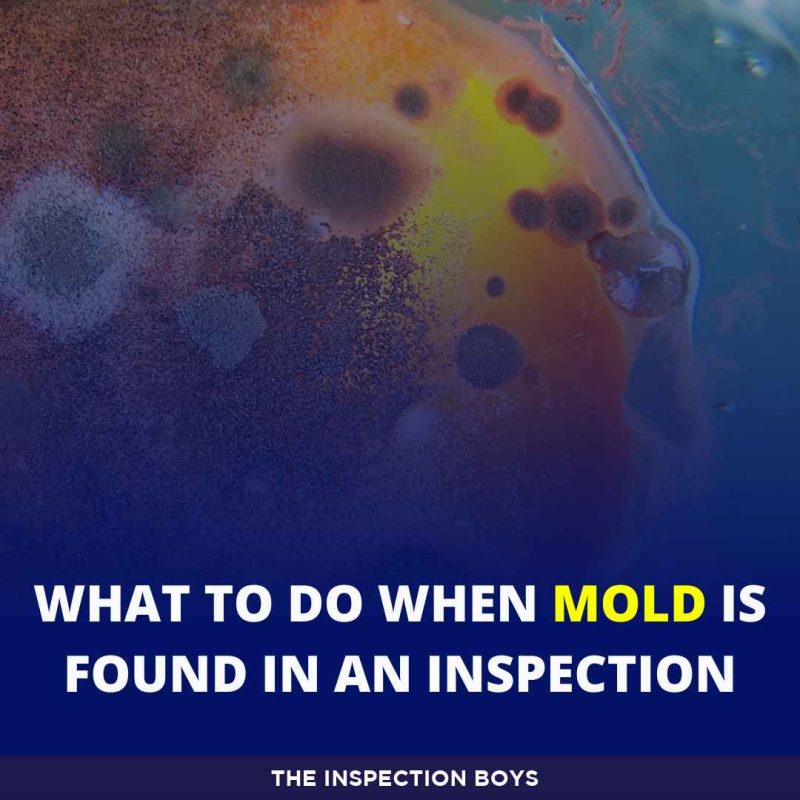It is essential to have an understanding of what mold is and the reasons why its presence in a home can be dangerous. In the event that a mold test conducted during an inspection reveals the presence of mold, there are specific actions that need to be followed to guarantee the health and safety of the occupants. You will acquire a deeper comprehension of the appropriate response to this circumstance after reading this tutorial.
What Is Mold?
Mold is a form of fungus that typically thrives in wet and humid settings. This fungus has the potential to negatively impact the air quality both inside and outside a building, which can lead to a variety of health issues, particularly for individuals who suffer from respiratory disorders or allergies, such as asthma. Molds can be found in a wide variety of forms and sizes, and there are numerous sorts of molds to choose from.
The Importance Of A Home Inspection
When buying a new home or renting an apartment, it is important to have a home inspection done. This is because the inspection will educate potential buyers or renters about any current problems with the property that may require remedy before they move in. During this phase, inspectors check for indications of water damage as well as potential sources of moisture that could eventually result in the growth of mold. During the course of the inspection, if they discover any signs of mold, additional testing needs to be carried out to determine not only what kind of mold it is but also how much of it is present. This will allow for the appropriate actions to be taken to address the problem.
Steps To Take After Mold Is Found In An Inspection
If your inspection uncovers evidence of mold growth, here are some steps you should take:
1. In order to understand what sort of mold it is and how much of it is there, you should employ a professional agency to perform a complete inspection of the area in question and provide advise on the most effective way to deal with the problem. This evaluation will also identify whether or not any remediation is required in order to ensure that your house continues to provide a safe and healthy environment for all of its residents.
2. Remove any mold that can be seen. If there is mold that can be seen on walls or other surfaces, use cleaning products that contain bleach or detergent to remove it as quickly as possible. Before continuing with any renovations or repairs, you need to make sure that all of the affected areas are totally free of moisture. This will ensure that there is no new growth after the job has been finished.
3. Investigate the probable causes: Look into possible sources, such as inadequate ventilation or leaking pipes, which could have caused moisture buildup, leading to the detection of mold during your inspection process. Mold can be a sign of a larger problem, so it’s important to get to the bottom of what caused it. After these problems have been handled and managed, it will assist avoid repeat incidents from happening again in the future by reducing potential sources for moisture buildup within the environment of your home.
Key Takeaway
Finding out that there’s evidence of mold during an inspection can be concerning but don’t panic! By following these steps, you can make sure your home remains safe for all occupants by addressing any existing issues quickly and effectively – all while avoiding any future occurrences from happening again down the line! If you ever find yourself in this situation, contact a professional service right away for advice on what steps need to be taken next!

